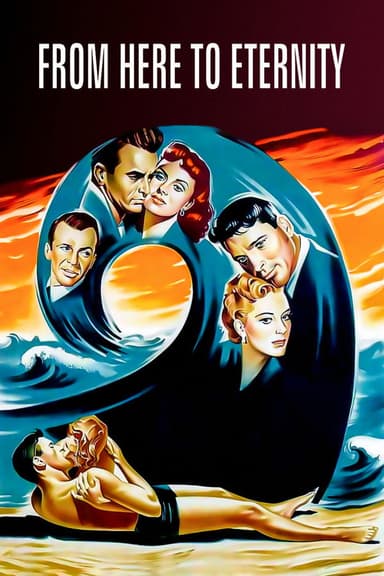
Tora! Tora! Tora!
1970 • Drama, History, War • G
In the summer of 1941, the United States and Japan seem on the brink of war after constant embargos and failed diplomacy come to no end. "Tora! Tora! Tora!", named after the code words used by the lead Japanese pilot to indicate they had surprised the Americans, covers the days leading up to the attack on Pearl Harbor, which plunged America into the Second World War.
Runtime: 2h 24m
Why you should read the novel
Reading the source book 'Tora! Tora! Tora!' offers an unparalleled exploration of the events leading up to the attack on Pearl Harbor. The authors delve into rich documentary evidence and personal accounts, providing a depth of historical insight the film can only briefly examine. For readers wanting a more comprehensive understanding of motivations, miscommunications, and the complex interplay of military and political forces, this book proves essential.
The book meticulously reconstructs the buildup to the attack, weaving together Japanese and American perspectives in nuanced detail. Unlike the constraints of a two-hour film, the book allows for a full investigation into intelligence failures, strategic decisions, and the personalities that shaped history. It invites the reader into the minds of leaders and the experience of everyday participants, creating a vivid tapestry of the era.
In addition to its historical accuracy, the prose itself is engaging and accessible, making complex military and diplomatic matters understandable. Readers will come away enlightened about not just what happened on December 7th, 1941, but why it happened, and how it could have transpired differently. The book is a treasure for history buffs, students, and anyone looking to go beyond the cinematic retelling.
Adaptation differences
While the film 'Tora! Tora! Tora!' strives for accuracy and a balanced perspective, it condenses and dramatizes events for cinematic storytelling. The book, in contrast, offers a far more detailed and expansive exploration of Pearl Harbor’s lead-up, factoring in extensive political, military, and intelligence nuances that are only summarized or omitted onscreen. In the book, the interplay between various branches of government and military personalities receives considerable attention, illustrating how bureaucracy and miscommunications led to missed opportunities to avert disaster.
A significant difference is the portrayal of Japanese decision-making. The novel intricately delves into cultural motivations, interdepartmental rivalries, and behind-the-scenes deliberations among Japanese leadership. These intricacies, while alluded to in the film, are necessarily simplified or represented symbolically due to time constraints and the need for dramatic focus.
The book also dedicates much more space to minor characters, lesser-known officers, and ordinary servicemen, bringing to light stories that the film cannot accommodate. This extended scope provides a holistic view of the event’s impact across different levels of command and society, grounding the narrative in a richer, more empathetic context.
Finally, the book’s pacing allows the reader to fully digest major turning points and controversial moments. For example, intelligence warnings, decoding efforts, and diplomatic exchanges are explored in greater depth, allowing for an appreciation of the complex chain of failures and misjudgments that the film, by necessity, must abbreviate. This difference gives the book an advantage as a scholarly work and a more immersive historical account.
Tora! Tora! Tora! inspired from
Tora! Tora! Tora!
by Gordon W. Prange, Donald M. Goldstein, Katherine V. Dillon








